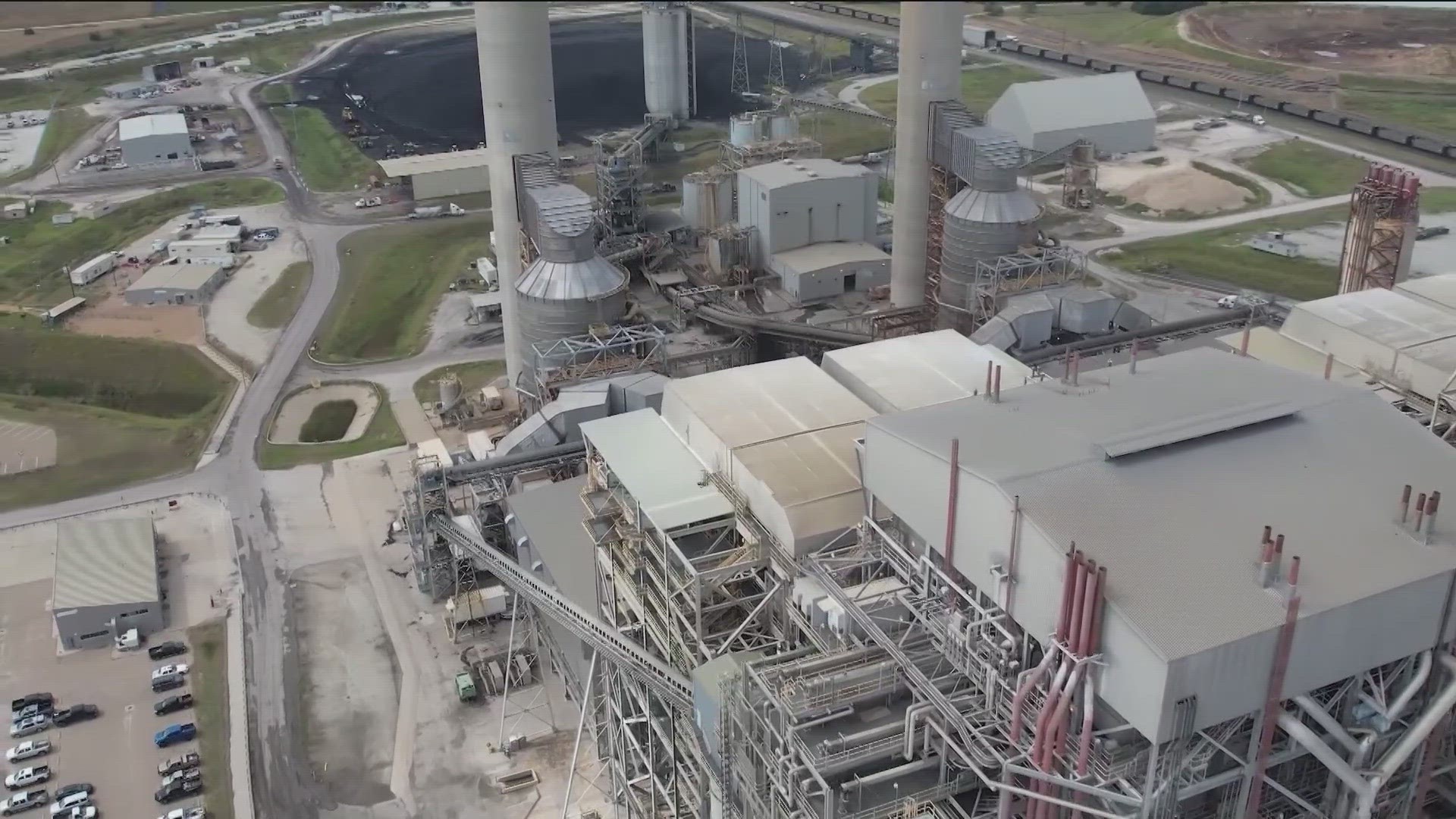AUSTIN, Texas — A plan that the state Senate approved last week to build up to 10 gigawatts of on-demand power could cost about $18 billion to construct natural gas-fueled power plants with fuel stored on-site, according to an estimate from the Lower Colorado River Authority.
The price is well above the $10.8 billion estimate provided during a Senate committee hearing earlier this year by Berkshire Hathaway, which initially pushed the idea of building new gas plants to provide backup power two years ago.
The plan, newly outlined in Senate Bill 6, would direct the state to hire one or several entities such as the river authority to build power plants that could come online during emergencies. The plants would be able to supply 2 million homes during peak demand and could run for days.
State Sen. Charles Schwertner, R-Georgetown, the bill’s lead author, has referred to the concept as an insurance policy against disasters — such as the 2021 winter storm that killed hundreds of people as power generators, including gas plants, fell offline during days of extreme cold.
Lt. Gov. Dan Patrick has named the bill as a priority. But critics have cautioned that the proposal could lead to untold added costs to customers, increased greenhouse gas emissions that are fueling climate change and minimal benefits to the state power grid.
SB 6 leaves open the question of whether the plants would be paid for using state funds or through extra charges to all electricity customers served by the Electric Reliability Council of Texas, which covers most of the state. A Legislative Budget Board review of the bill said “any rate increases are unknown.”
A $10.8 billion price tag would mean an extra cost of less than $4 a month for residential customers, Alicia Knapp, president and CEO of Berkshire Hathaway Energy Renewables, said during a February Senate Business and Commerce Committee hearing. Knapp suggested the state could also pay all or part of the cost with funds from the budget surplus.
The Senate Finance Committee set aside $10 billion in its budget proposal to fund at least part of the cost to build the plants, but the House version of the budget does not have the same allocation.
“Our proposal was designed to be an emergency backup power supply that can be up and running quickly, that helps ensure Texans against another blackout situation, guarantees steel in the ground and can be done at a reasonable cost for customers,” Knapp said, referring to the company’s initial, failed 2021 plan.
A representative for Berkshire Hathaway was the only one to support SB 6 in testimony at a committee hearing in March. The Lower Colorado River Authority, which was created by the Legislature and produces and delivers power, didn’t participate in the hearing.
When asked by The Texas Tribune to provide a cost estimate ahead of the Senate vote on April 5, LCRA spokesperson Clara Tuma said she didn’t have “any solid numbers” to share. The LCRA cost estimate was first reported by Bloomberg on April 7. A river authority presentation showing the cost was published Thursday by KERA.
In that presentation, dated April 7, the LCRA outlines a plan to get a first phase of regional plants running in 2028 and a second phase in 2033.
Tuma said in a statement, that the LCRA is a resource for the Legislature and is “committed to working with the Legislature and the executive branch in any way they direct us to help.”
Karen Brooks Harper contributed to this story.

